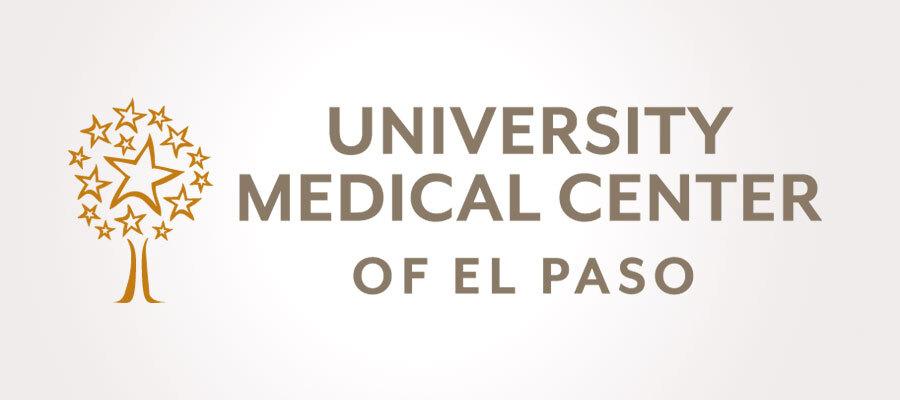El Paso hospital shares importance of training, preparedness in response to mass shooting

Staff at the University Medical Center (UMC) of El Paso in Texas stared at their buzzing phones alerting them to an emergency incident. Just three minutes after the fire department radioed in that shooting victims needed medical attention, a wounded man arrived at the hospital — the region’s only Level 1 trauma center. He was the first of 15 shooting victims to arrive at the hospital from the Aug. 3 mass shooting at a Walmart Supercenter that killed 22 and injured 24.
With no time to process the news, doctors, nurses and hospital staff sprang into action.
“All of us were in a little bit of shock,” said Christopher Morales, R.N., director of UMC’s medical, surgical and trauma intensive care unit/intermediate care unit. “But in the moment of what needed to be done, we were focused on the task at hand. I think a lot of us at the end of the day didn’t really realize what hit us until we were leaving the hospital.”
The hospital had prepared for these types of incidents. They engaged in training with the FBI last fall and with local law enforcement in March. Real-life chaotic scenarios involving power outages and a presidential campaign also allowed the hospital to take inventory of their resources.
Sandra Gonzalez, R.N., UMC trauma program director, said it’s important to take training seriously and not just go through the motions.
“I cannot stress this enough, the lessons learned from just participating in these exercises has been so instrumental and priceless.”
UMC received 14 patients the day of the shooting, four walk-ins and 10 by ambulance. The following day, UMC received another patient from nearby Del Sol Medical Center, a Level 2 trauma center.
Gonzalez said, unlike falls or car accident injuries, penetrating trauma, like gunshot wounds, require additional resources from the operative team. In addition, the elderly patients who came in needed special care.
Because the incident happened between two trauma centers, first responders had options of where to send patients. But, those hospitals still had to act quickly to handle the rapid increase of victims.
“We didn’t have the beds available at the time that it had occurred,” said Morales, “but we were able to accommodate all the patients in terms of getting our stable patients to an area where we had the extra staff coming in to care for them temporarily.” Staff were able to move relocated patients back to the intensive care unit within three to four hours.
While the on-the-clock staff were hard at work, their colleagues made sure they had help.
“I had people responding [to the hospital] who weren’t even working that day,” said Morales. “They came in, they grabbed scrubs and then they jumped into the role of, ‘What can I do to help?’”
And it wasn’t just the doctors, nurses and surgeons who sprang into action. Housekeeping went on full alert and made sure the operating rooms and emergency department stayed in order, turning over rooms and keeping busy areas clean. As off-duty doctors and nurses arrived in street clothes, clean scrubs were already there waiting for them.
The community and nearby hospitals also offered help. Local residents brought in food and other donations, and hospitals called to see if they could provide supplies or personnel.
While taking care of patients and their families was UMC’s top priority the day of the shooting, the hospital also made sure resources were available to deal with emotional after effects. Debriefs and team huddles allowed staff to express feelings and talk about wins from the day. Emergence Health Network even provided counseling services.
Of course, no city or hospital wants, or expects, a tragedy like this one to happen in their communities. But, UMC staff emphasized the need to prepare for such an instance.
“We are very thankful that we had all these exercises just to prepare ourselves,” Gonzalez said.

